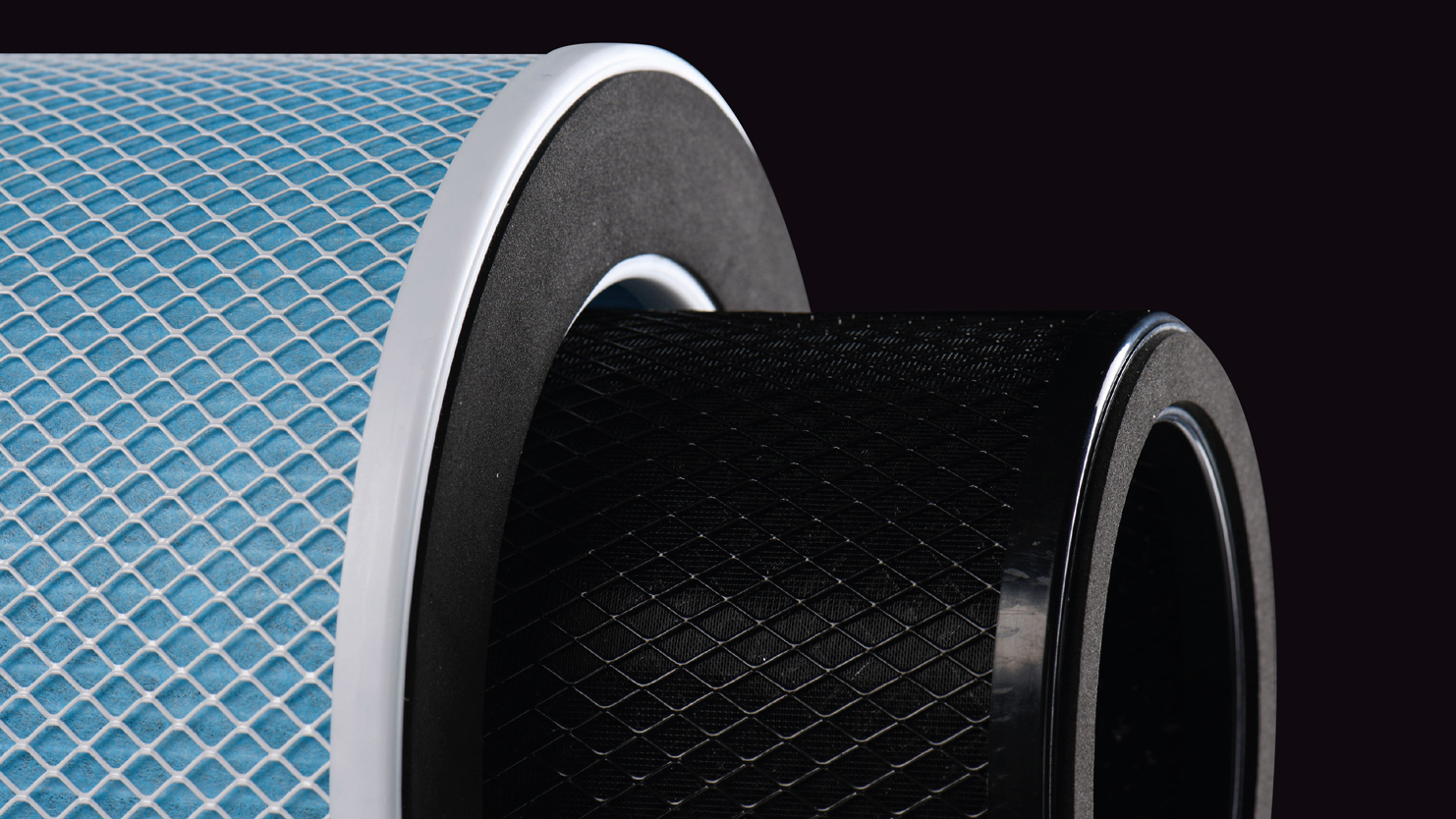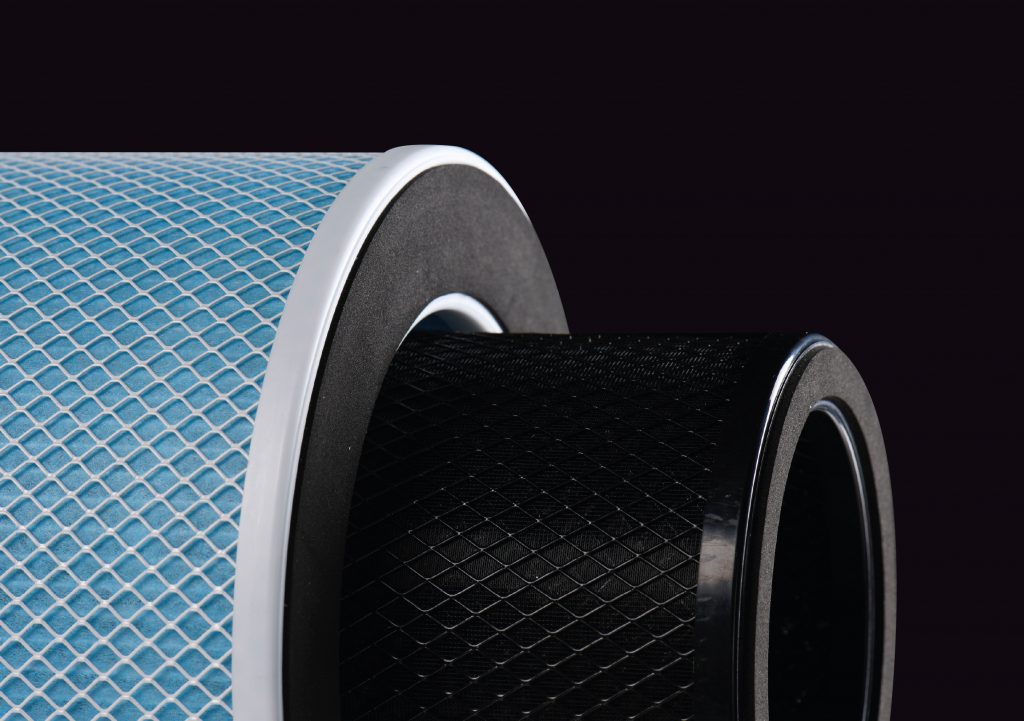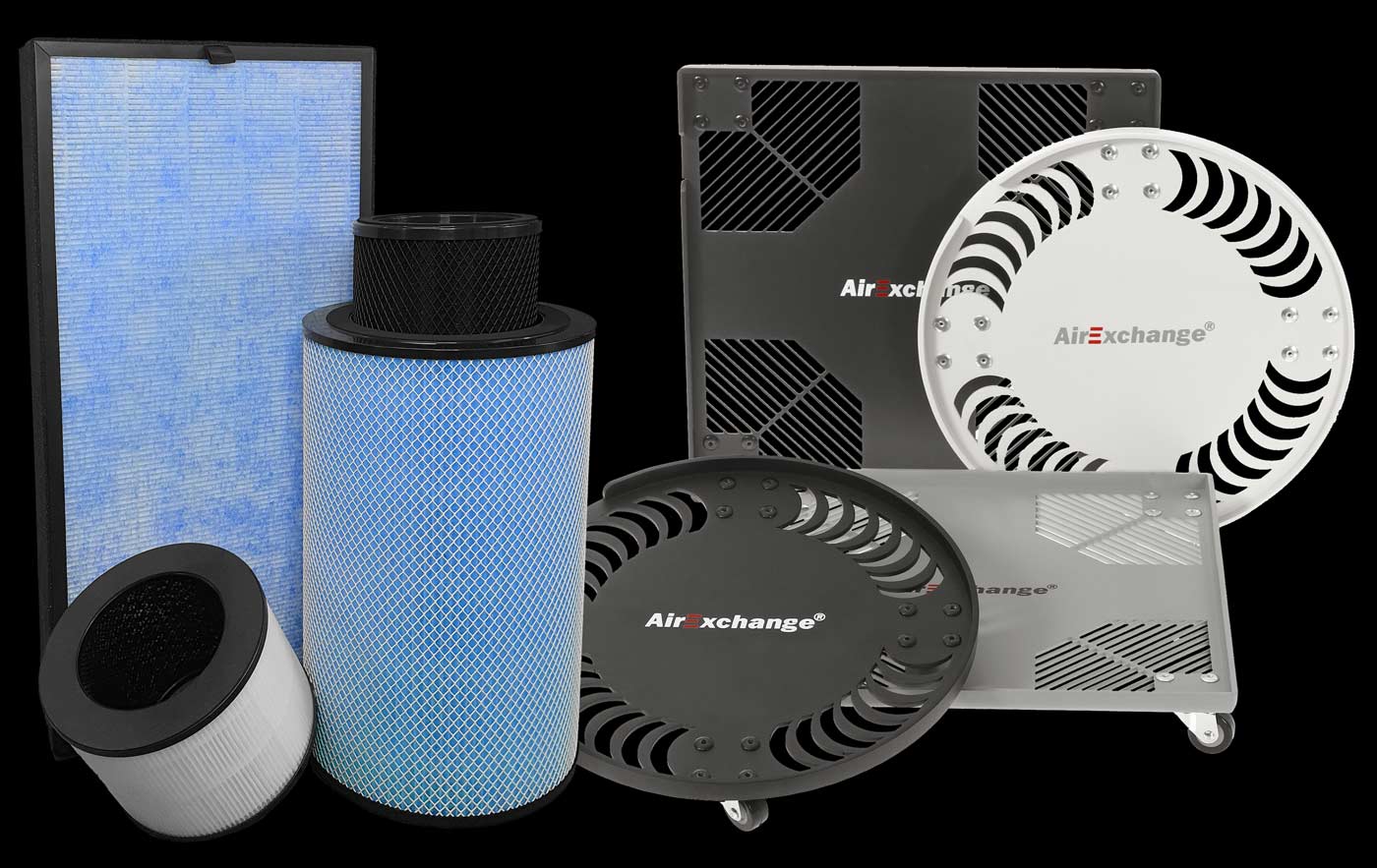
The differences between MERV and HEPA filters
How do filters work?
A filter is made by means of fibers that are woven together in different directions. When the ambient air is blown through this filter, the polluted particles remain in the fibers. These polluted particles can be collected in the filter in various ways. Which technique is used depends on the particle size and the air speed.
The particles can be collected by the filter in the following ways:
- Inertial impact ; the dust particles remain in the filter because of the retarding / colliding effect of the particles on the fibers.
- Interception ; the moment the particles in the air flow pass the fibers, they stick to them.
- Diffusion ; when particles do not easily follow the air flow but randomly collide with the filter fibers.
- Electrostatic extraction ; an electrostatic charge is present in the filter fibers, so that the particles are statically collected in the filter.
Larger particles are generally collected at the beginning of the filter. Smaller particles follow the air flow and penetrate deeper, after which they get stuck in the filter.
The differences between MERV and HEPA filters
MERV filters
MERV stands for 'Minimum Efficiency Reporting Value'. The MERV rating indicates how efficiently the filter is able to capture particles from 0.3 micrometers (either micron or mu) to 10 micrometers in diameter in the filter. (For comparison, a hair has an average thickness of 45 micrometers.)
This includes dust but also allergens such as pollen and dander. Also that of pets. The higher the MERV rating, the higher the efficiency of the filter in question.
The efficiency of the filter says something about the extent to which it is able to clean polluted particles from the flowing air. If a MERV filter has an efficiency of 85%, then 85% of particles between 0.3 and 10 micrometers are filtered from the air. MERV filters are able to remove pollen and dander, among other things, but filters with a higher efficiency are recommended for people who suffer from allergies and asthma and for cleaning harmful virus particles.
HEPA filters
HEPA filters were originally developed for space travel, but are now also used in air purifiers. HEPA stands for "High Efficiency Particulate Air" and are not MERV rated, as these filters exceed ASHREA (American Society of Heating, Refrigerating and Air Conditioning Engineers) test protocols.
In fact, HEPA filters are the only air filters that are tested and certified for specific efficiency and at different specific particle sizes. Class HEPA filters H14 must at all times have a minimum efficiency of 99.995% bee 0.3 micrometers particle size.
The HEPA H14 filters which are in our systems used have been developed in accordance with the European Standard 1822:2019 of the European Union for the purification of PM2.5 (particulate matter with a minimum diameter of 2.5µm). ASHREA uses the Dust spot test to test the filters, which use particulate matter, powdered carbon and cotton linters. The particle size in this test varies from 0.3 micrometers to 50 micrometers, with an average size of approximately 20 micrometers. A HEPA filter therefore exceeds the levels achieved with MERV filters. If it is desired that, in addition to pollen and dander, viruses and bacteria are also captured, a HEPA filter (minimum class H13 or higher) is strongly recommended.
The higher the rating of the HEPA filter, the harder the HVAC system has to work to ensure air flow. This means that the HVAC system or device in question must be suitable for this. Our Air Purifiers and built-in systems are equipped with powerful fans, which ensure a stable air flow.
Our stand-alone air purification systems are equipped with a HEPA H14 filter, combined with a powerful fan. In combination with our VORTEX technology the natural air flow within the room is promoted and the system attracts the polluting particles.
The benefits of a 360 ° filter
By using the latest production techniques, it is possible to produce filters not only in a flat shape, but also in a round shape. But what are the benefits of this?
When we unfold a flat HEPA filter of 300x300mm, the surface area of the filter cloth will be approximately 2.2 square meters. But if we unfold a 360° filter of 300mm ⌀, this filter cloth will have a surface area of over 7.2 square meters. This means that a round filter 325% has more filter surface than a flat filter. In addition, particles can also be sucked in from all sides, which promotes natural air flow.
In short; a 360° filter has (much) more filter capacity, less influence on the air flow and can suck in air from all sides. In addition, a round filter also becomes clogged less quickly, so it will last longer.
The AirExchange® air purification systems are built with a 360° HEPA H14 filter, so that a... maximum filter efficiency can be achieved and the filter will also last much longer.
Click here for our professional air cleaning systems.








